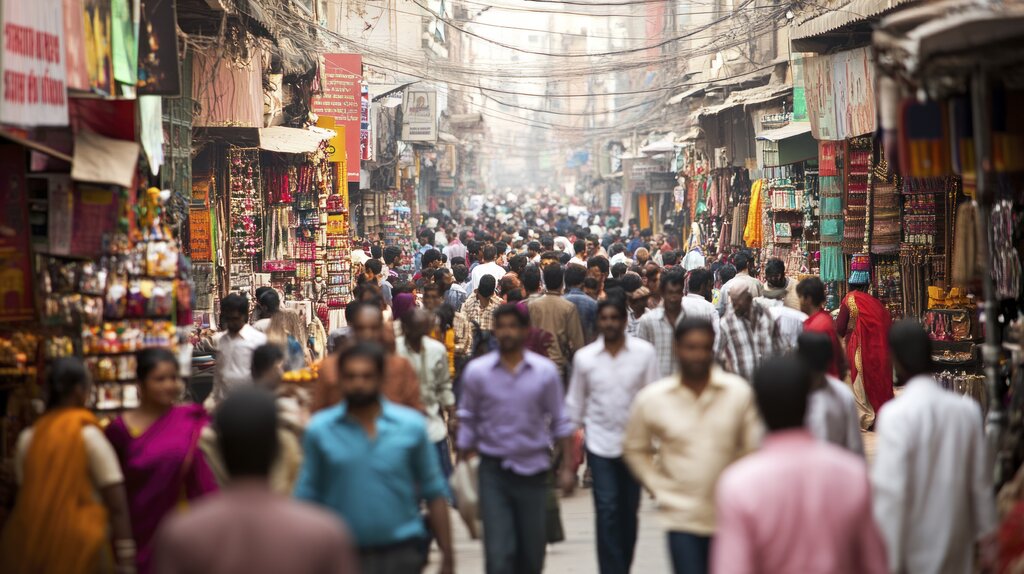India is a land where the concept of community runs deep in its cultural and social fabric. Whether in bustling cities or serene villages, the community in India plays a vital role in shaping individual lives and collective well-being. However, the nature and strength of community support often vary significantly between rural and urban settings. The question arises: Is community support stronger in Indian villages than cities? Exploring this topic helps us understand the evolving dynamics of Indian society and the role communities play in both contexts.
The Village as the Traditional Stronghold of Community Support
Indian villages have long been regarded as the heart of traditional community life. Here, relationships are often tightly knit, and social bonds are reinforced through shared customs, festivals, and daily interactions. The close proximity of families and neighbors, combined with cultural homogeneity in many cases, fosters a sense of belonging and mutual reliance.
In villages, people often rely on each other for emotional support, economic cooperation, and social safety nets. For example, during agricultural cycles, farmers frequently collaborate during sowing and harvesting, sharing labor and resources. Similarly, village communities come together to support families in times of personal crises, such as illness or loss. This collectivist culture strengthens trust and provides a dependable support system that many city dwellers might envy.
Moreover, decision-making in villages often involves community discussions or panchayat meetings, which include elders and respected leaders. This participatory approach gives individuals a voice and reinforces a shared sense of responsibility. The village thus acts as both a social and governance unit, enhancing community cohesion.
Urbanization and Its Impact on Community Bonds
Cities, in contrast, are characterized by rapid urbanization, diverse populations, and a faster pace of life. While urban areas offer numerous opportunities in education, employment, and lifestyle, they often face challenges in fostering the same depth of community support found in villages.
The community in India’s urban centers tends to be more fragmented due to several factors: people migrating from different regions, cultural diversity, and the anonymity that city life brings. Neighbors in apartment complexes or busy localities might rarely interact beyond polite greetings, limiting the development of deep social ties.
However, this does not mean urban communities lack support systems altogether. Many urban neighborhoods develop their own micro-communities based on shared language, culture, or profession. For example, migrant communities from a particular state or district often form associations to help newcomers with accommodation, jobs, and social integration. Religious or cultural organizations also provide a sense of belonging and support in cities.
In cities, community support may also take more formal shapes through NGOs, social clubs, and welfare organizations that fill gaps left by the fast-paced lifestyle. Such networks offer assistance during emergencies and promote social welfare programs.
Comparing the Strength of Community Support: Villages vs. Cities
When comparing community support in Indian villages and cities, several factors come into play:
1. Intimacy and Frequency of Interaction
In villages, daily face-to-face interactions and long-standing relationships create strong emotional bonds. In cities, interactions tend to be more transactional and limited by time constraints, which can weaken community ties.
2. Cultural Homogeneity vs. Diversity
Villages often have relatively homogeneous populations with shared customs, language, and traditions, which facilitates unity. Cities, with their cultural diversity, may experience challenges in forming cohesive communities, though this diversity also enriches urban life in many ways.
3. Social Safety Nets
Village communities typically function as informal safety nets where neighbors and relatives actively support each other. Urban areas rely more on institutional support systems and organized groups, which, while efficient, may lack the personal touch of rural community care.
4. Mobility and Migration
High population mobility in cities means people often stay temporarily and may not invest emotionally in community relationships. In contrast, village populations are more stable, encouraging deeper, lasting connections.
5. Role of Technology
Interestingly, technology has begun to transform community support in both villages and cities. Mobile phones and social media enable rural residents to connect beyond their immediate geography, while urban dwellers can use digital platforms to maintain social networks despite physical distance.
Can Urban Communities Learn from Rural Models?
While villages traditionally have stronger community support, urban areas are evolving new forms of community suited to modern lifestyles. However, cities can learn valuable lessons from rural communities about fostering deeper connections and mutual care.
Promoting neighborhood engagement, organizing local festivals, and encouraging community participation in decision-making can enhance urban social cohesion. Creating spaces for social interaction, such as parks, community centers, and markets, also helps build stronger ties among residents.
Urban planners and policymakers could integrate the idea of community as a central element of city development, ensuring that even in densely populated areas, people find opportunities to connect meaningfully.
Conclusion: A Complementary Relationship
Ultimately, community support in Indian villages and cities reflects different but complementary realities. Villages excel in intimacy and traditional support systems, while cities offer diversity and institutional frameworks that adapt to contemporary challenges.
Both rural and urban communities in India contribute uniquely to the nation’s social fabric. By understanding the strengths and weaknesses of each, and encouraging the exchange of ideas and practices, India can nurture a stronger, more inclusive community spirit across the country.
As a platform focused on fostering connections and empowering communities, ZoneZapper appreciates the rich tapestry of the community in India—whether in the heart of a village or the pulse of a city—and recognizes that both forms of community support are vital to India’s growth and resilience.


